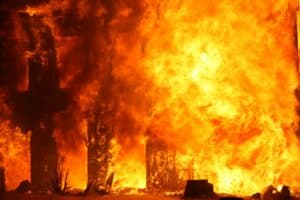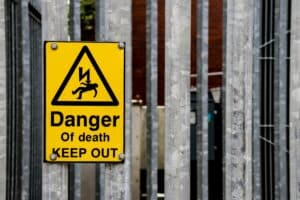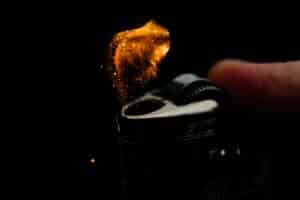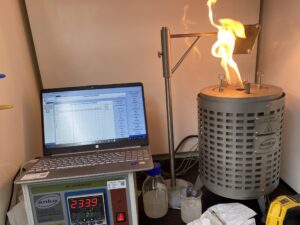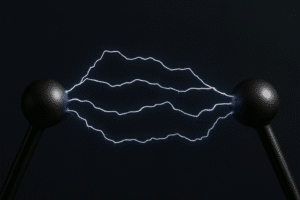Why Testing is the Foundation of a Strong Dust Hazard Analysis
A Dust Hazard Analysis (DHA) is only as good as the information it’s based on. While the process itself involves identifying and evaluating fire, flash fire, and explosion hazards related to combustible dusts, the conclusions drawn during a DHA rely heavily on having accurate, material-specific data. That’s where dust explosibility testing comes in.
NFPA 660, the overarching standard for combustible dust safety, makes it clear: the owner or operator of a facility handling potentially combustible dusts is responsible for determining whether those materials are combustible or explosible. It’s a technical requirement that ensures hazard assessments are based on data, not assumptions.
Facilities that rely on generic published data or skip testing altogether risk basing critical safety decisions on inaccurate information. Not all materials behave the same way, and even the same material can vary in explosibility depending on factors like morphology, particle size, moisture content, and handling methods. This is why testing matters:
- It ensures your DHA aligns with NFPA 660 requirements.
- It provides clear documentation for recommendations, making them defensible during audits, inspections, or investigations.
- It demonstrates due diligence and technical justification—replacing guesswork with solid data.
Testing provides the quantitative foundation needed to make the DHA defensible, both from a technical standpoint and in the eyes of regulators.
Case Insight: Mistakes from Using Assumed or Incomplete Test Data
Relying on assumed or incomplete data can lead to flawed DHAs. Many facilities use values from public databases or safety data sheet (SDS), assuming their dust is “similar enough.” But differences in morphology, particle size, moisture, or contamination can significantly change explosibility, making the actual hazard far greater than expected, leading to underdesigned safeguards that may fail when it matters most.
Without a full and accurate test data set, DHAs often end up overly generic or outright wrong. Critical parameters may be missing, causing real ignition threats to go unnoticed or prompting unnecessary controls that waste resources. Regulators increasingly expect DHAs to include material-specific data, and facilities that rely on assumptions risk citations, delays, or the cost of redoing the assessment under tighter scrutiny.
Key Dust Properties That Affect DHA Outcomes
To understand explosion sensitivity and severity, a DHA should include testing of the fine dusts handled and generated on site. Recommended tests fall into three categories:
- Dust Cloud Sensitivity to Ignition:
- Minimum Ignition Energy (MIE) — Indicates how easily a dust cloud can ignite from low-energy sources like static discharges.
- Minimum Ignition Temperature (MIT-cloud) — Determines the lowest temperature that ignites a suspended dust cloud.
- Minimum Explosible Concentration (MEC) — The lowest airborne concentration that can sustain a dust explosion; critical for managing dust accumulation and housekeeping.
- Dust Layer Sensitivity to Ignition:
- Layer Ignition Temperature (MIT-layer) — Assesses the surface temperature at which a settled dust layer may self-heat and ignite.
- Explosion Severity:
- Kst (Deflagration Index) and Pmax (Maximum Pressure) — Define the strength of a dust explosion. Higher Kst values require more robust protection and equipment design.
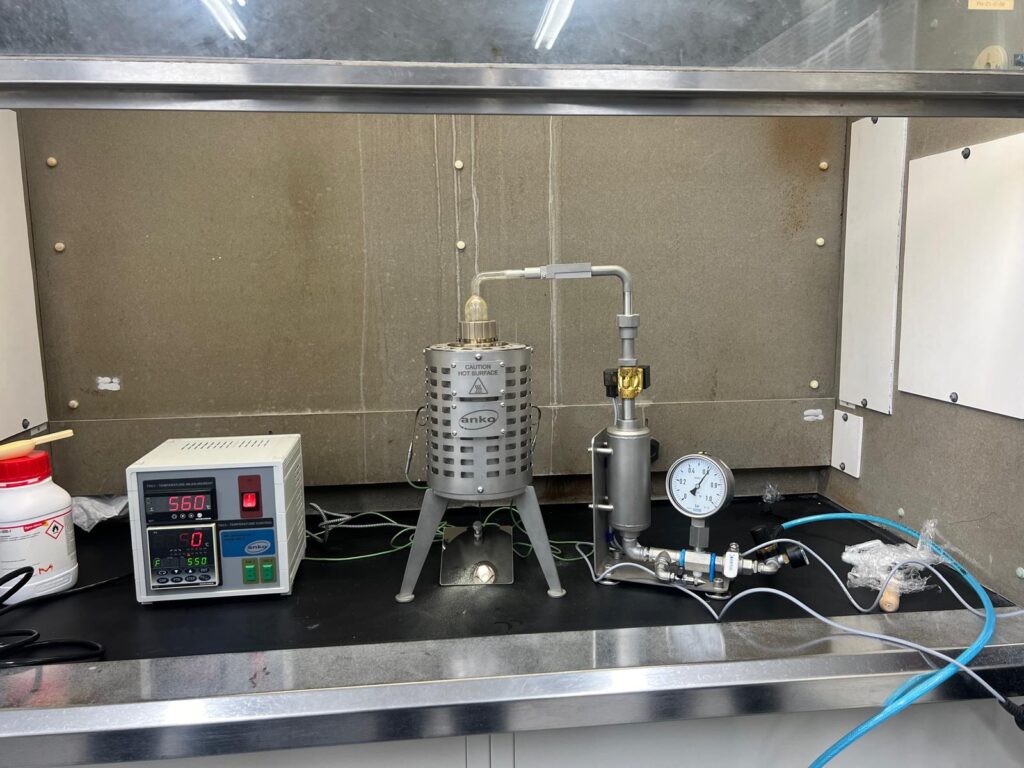
These test results directly shape the safeguards and engineering controls recommended in your DHA.
From Test Results to Targeted Risk Mitigation
With explosibility data in hand, a Dust Hazard Analysis (DHA) can move from assumptions to defensible, data-based decisions. Instead of asking “Is this hazardous?”, the DHA team can answer “What level of control is justified based on actual data?”.
Key ways test data supports targeted controls:
- Explosion Severity (Kst):
- Kst > 200 indicates high severity.
- Drives requirements for explosion protection systems like venting or suppression.
- Ignition Sensitivity (MIE, MIT, LIT):
- Low values signal higher ignition risk.
- Informs bonding/grounding, hot surface limitations, and electrical area classification.
- Dust Concentration Limits (MEC):
- Defines safe concentrations in ducts, conveyors, and vessels.
- Helps design housekeeping schedules and duct maintenance frequency.
How data guides practical, scalable decisions:
- Right-size controls to the actual risk:
- Knowledge that facility-specific dust is marginally explosible may drastically reduce dust collector cost. High ignition temperatures may call for better cleaning—not costly equipment upgrades.
- In some cases, testing confirms no new controls are needed under normal conditions.
Combustible dust testing isn’t just for compliance—it enables sound engineering decisions and creates a DHA that can hold up to scrutiny.
Conclusion
Combustible dust testing is more than a compliance step—it’s a strategic tool that provides the data needed for clear, defensible safety decisions. By replacing assumptions with measured values, testing allows engineers to apply NFPA 660 standards precisely, avoid costly overdesign, and ensure adequate protection. It strengthens the credibility of a Dust Hazard Analysis (DHA) for regulators like OSHA and supports smarter design, better housekeeping, and targeted safety investments. In short, testing turns a DHA from a checkbox into a meaningful part of your process safety strategy.








